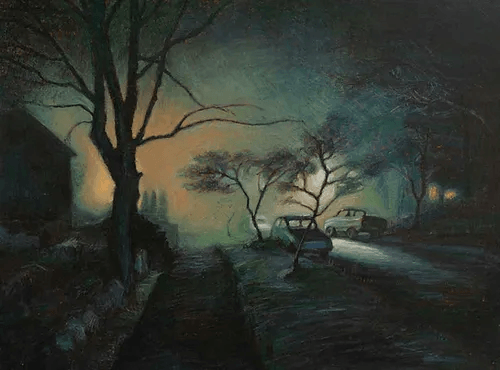We caught up with the brilliant and insightful CHARITY JONES a few weeks ago and have shared our conversation below.
CHARITY, thanks for taking the time to share your stories with us today The first dollar you earn is always exciting – it’s like the start of a new chapter and so we’d love to hear about the first time you sold or generated revenue from your creative work?
I was 13 and returning home from a high school group trip to mexico. Like many teenagers I was shy, struggling with imposter syndrome around the teens I was traveling with, and tired from a week of trying to fit in, speaking largely in Spanish while exploring an unfamiliar place. I was tired and withdrawn as I relaxed into my economy seat and started to doodle with pencil and paper. The sounds of the other teens socializing became a low key current of background noise. About halfway through the flight, a stewardess approached me. She had seen my drawing while delivering refreshments, and wondered if I did commissions….
All the teens seated around me stopped talking and silently watched as she gave me her contact info and agreed to pay me $20 for a pencil portrait of her daughter. The rest of the flight I felt euphoric – I had never had a complete stranger approach me based soley on seeing something I was drawing, let alone been offered money for my work. Of course I also felt very uncomfortable about the commission – I was used to being the invisible awkward teen in the background, and all of a sudden there seemed to be a spotlight on me. That experience was very influential for me; Up till that moment i had always thought of my creative work as a very private hobby. It has taken many years for me to navigate how I take commissions, who I’m willing to work with creatively, and how I see myself and my work, but it all started that day on the plane.
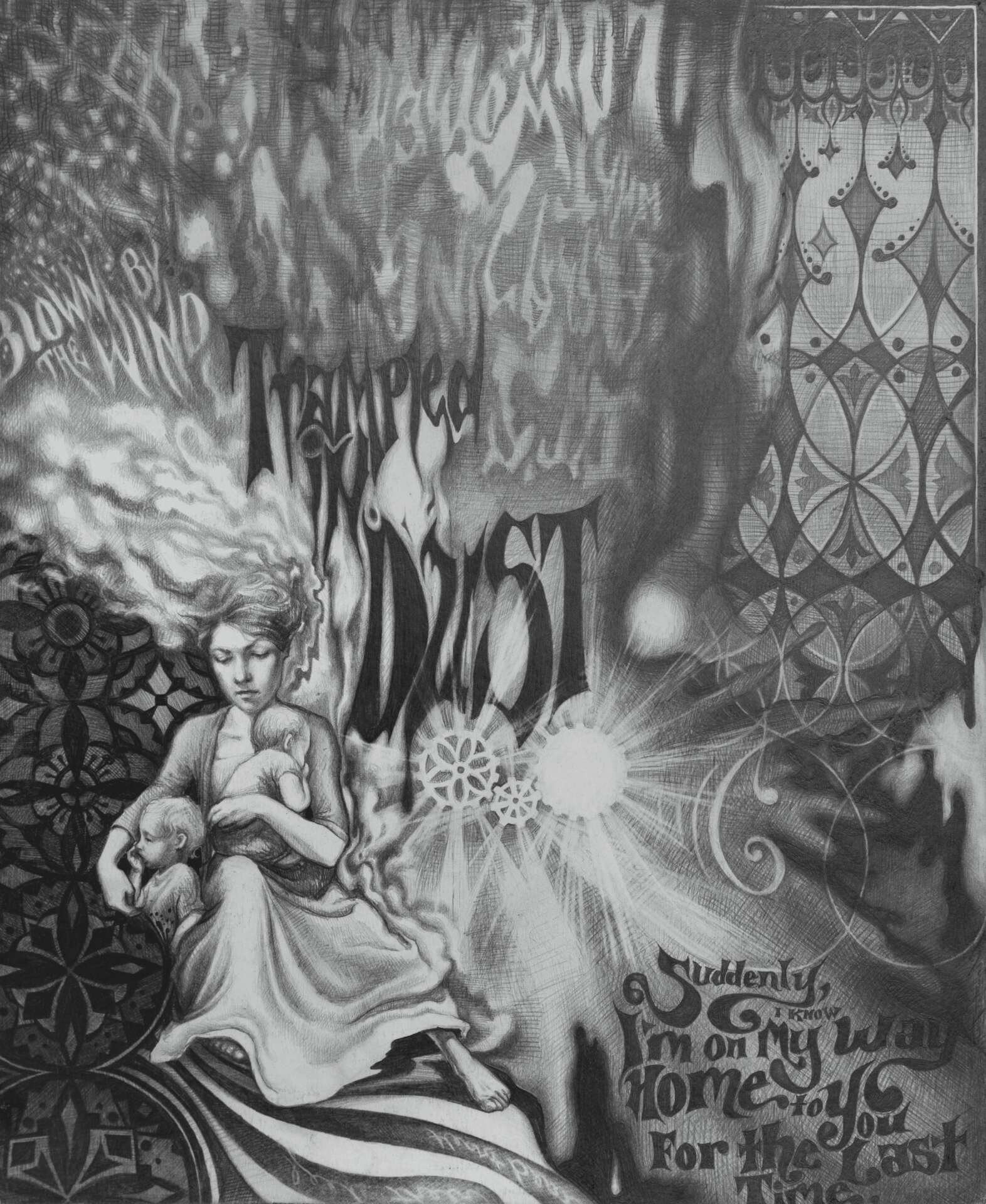
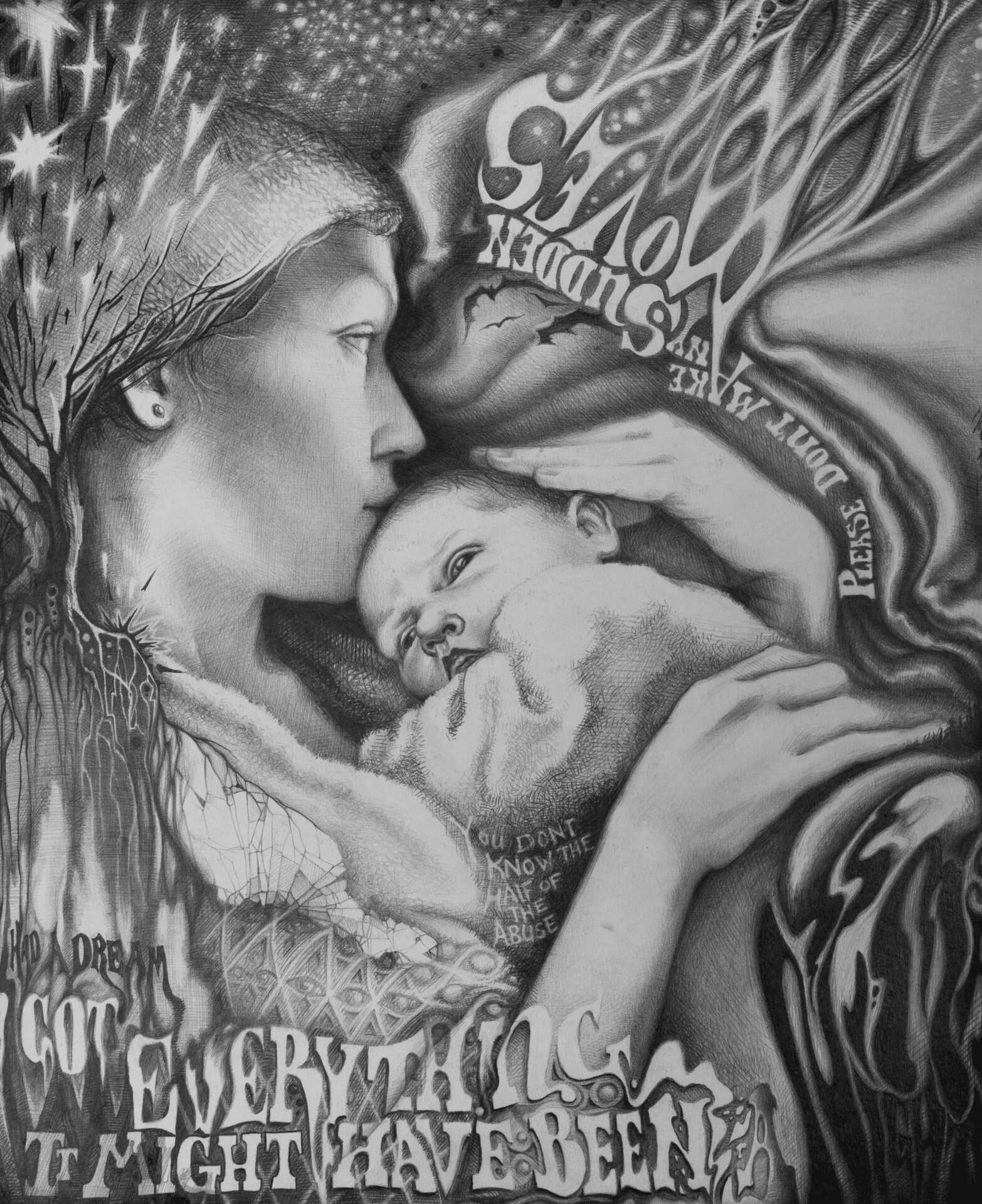
Great, appreciate you sharing that with us. Before we ask you to share more of your insights, can you take a moment to introduce yourself and how you got to where you are today to our readers.
Story telling has always been very important to me. After all, what does anyone bring to the world that truly lasts besides their story?
From the first moment I got my toddler fingers on a pencil, I started to capture the narrative of my inner world on paper. At first I was unselfconscious – I told any stories I came in contact with – about Native American history, current events that peaked my interest, my family members, as well as entirely fictional stories on subjects that interested me. Somewhere around 8-9 years old, I realized I was too young to have a full story arc of my own yet. My story was ahead of me – as yet unknown. The yawning void of potential was exciting but also daunting. If storytelling was such a crucial piece of my art, and I had no story yet, what did I have of value to share?
From age 10-18 most of my storytelling art remained intensely private, if not dormant. I felt I was waiting for my story. I felt stuck; unable to move forward. I threw myself into mastering the technical basics of art; graphite, water color, pastel, oil pastel, oil paint, acrylic, clay sculpting, and some paper cutting. I told other people’s stories. I painted huge wall murals, drew portraits, did some small commission work; designed programs for musicals, did some graphic design and logo work. None of it satisfied my need to tell my story. I produced a great deal of creative work during these years and developed a reputation as an artist, but I felt strongly that I hadn’t found myself – I hadn’t found my story yet so everything I produced felt lacking in authenticity. This uncomfortable sensation fed self doubt which grew with each creative endeavor.
The waiting felt like a lifetime. I graduated college, got married, traveled and lived around the world for a few years, settled in Seattle, built a fashion design business, did a few art shows, made two little humans, got divorced, fell in love, and started over – this time with kids in tow. I slowly accumulated the pieces of my life puzzle over those 2+ decades. With each piece I got a better idea of what my story was going to be. But the great anticlimax of it all was that my story only took shape *because* of the things I did while I was waiting. Really, the frustrated feelings I understood to be *waiting* were just my own insecurity and impatience. I had allowed self doubt and perfectionism to control the narrative of my art. Once I realized that, I began a more meaningful creative journey.
The waiting wasn’t wasted time even if I felt it was. In college I started using a surreal drawing style to capture what I saw and felt. Grappling with how to accept myself, I used that medium to process my experiences. I developed a symbolic language which has expanded over the years to include themes of loss, curiosity, love, change, pain, joy, motherhood, etc. For me these surreal pieces are subconscious self portraits, capturing the internal story of my life for the last 20 years.
After moving to Seattle, I discovered how I relate to color mediums and which ones I prefer to use. My largest body of mixed media work focuses on the relationship of artificial and natural light playing out on the many-textured streets of Seattle from dusk till dawn.
I no longer worry much about the big picture. After all, people will make what they will of art. That is the beauty of it. The best thing I can do is be present in my story, capturing the things I see and feel with the tools I’ve honed, and allowing that to be enough.
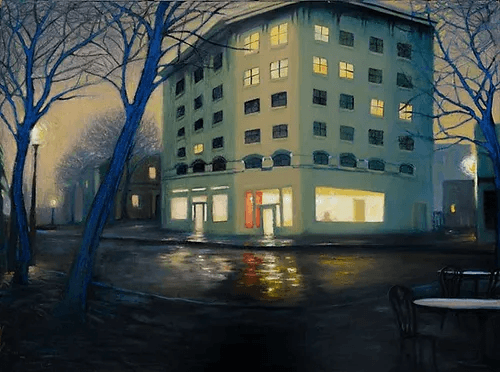

Have you ever had to pivot?
When I moved to Seattle at the ripe age of 26 I was just beginning to wake up creatively. I started a fashion design business and began to really focus on my art. My business began to build momentum, and my creative exploration blossomed. This was when I began to understand my surreal art and started to consciously develop a visual syntax of symbols within the graphite medium. I had felt for so long that i was in a stagnant backwater, but with each creative exploration I felt a cold, strong current pulling at me. It was exciting. There was a direction and a sense of motion in my art.
Then I started a family.
With the birth of my first child my creative energy was swallowed up in dreadful sleep deprivation and round the clock care for my baby. I was overwhelmed by experiencing a new and greater love than I had ever felt before, but I also felt completely lost. I had to accept the death of my previous self and forge a new way of being.
Becoming a mother ultimately brought an amazing new level of insight to my art, but it also halted my fashion design and art business for nearly a decade. Looking back, I feel it was totally worth it.
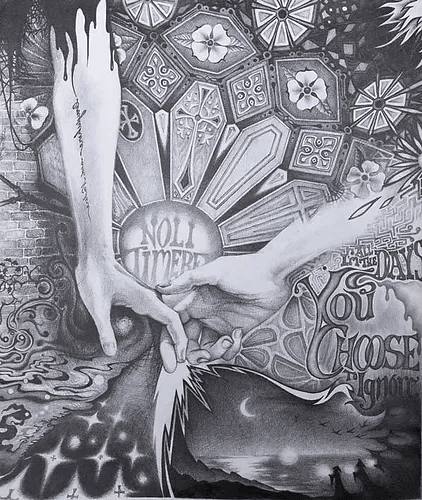
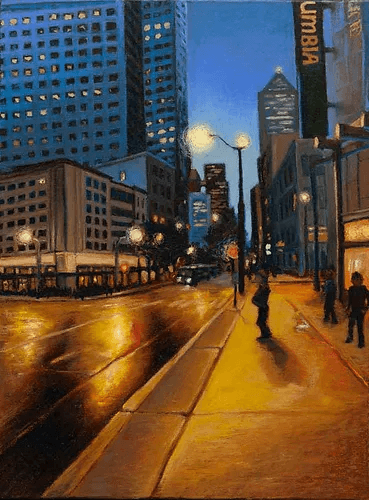
Do you think there is something that non-creatives might struggle to understand about your journey as a creative? Maybe you can shed some light?
Life is a lot like a coin – good/bad, light/dark, beauty/ugliness; there are two sides that simultaneously oppose and complement each other. Darkness is necessary to understand and appreciate the nature of light. Without ugliness you wouldn’t truly appreciate beauty. Bad things cause us to value goodness. The extremes are indelibly linked. One of the core aspects of being human is that we understand and define things through contrast. To produce good art a person must understand and take each breath with that knowledge.
A good example of this concept: the greatest growth in my creative life has always been prefaced by loss, pain, or some other difficult experience. The more extreme the negative experience, the more extreme the need to search out and focus on the positive. For me, that looks like finding new ways to bear witness to beauty in my art.
Contact Info:
- Website: https://www.charityjonesart.com/
- Instagram: https://www.instagram.com/chitblit/?hl=en
- Facebook: https://www.facebook.com/profile.php?id=100032787891932
- Linkedin: https://www.linkedin.com/feed/
- Other: https://www.facebook.com/Alami.Creations
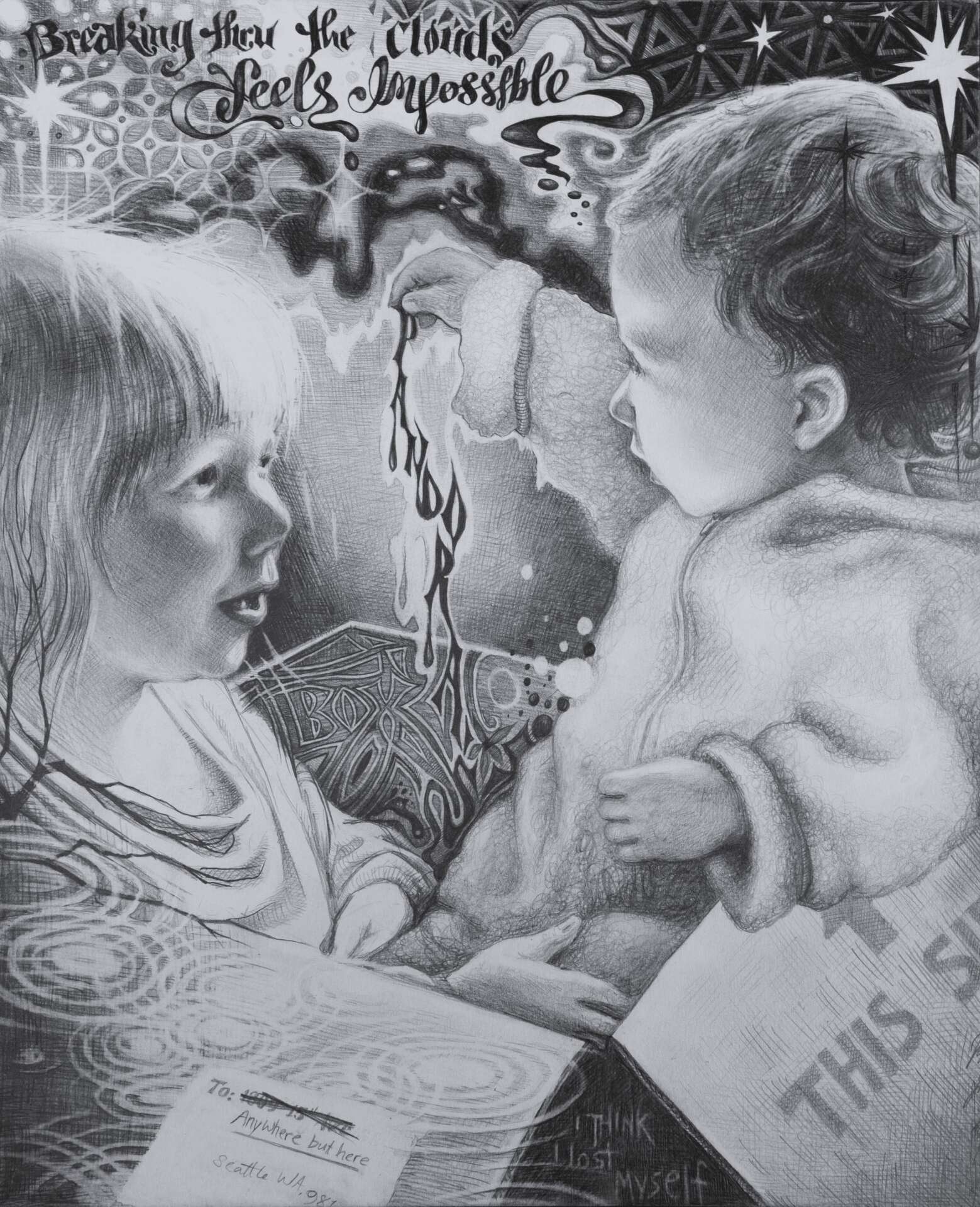
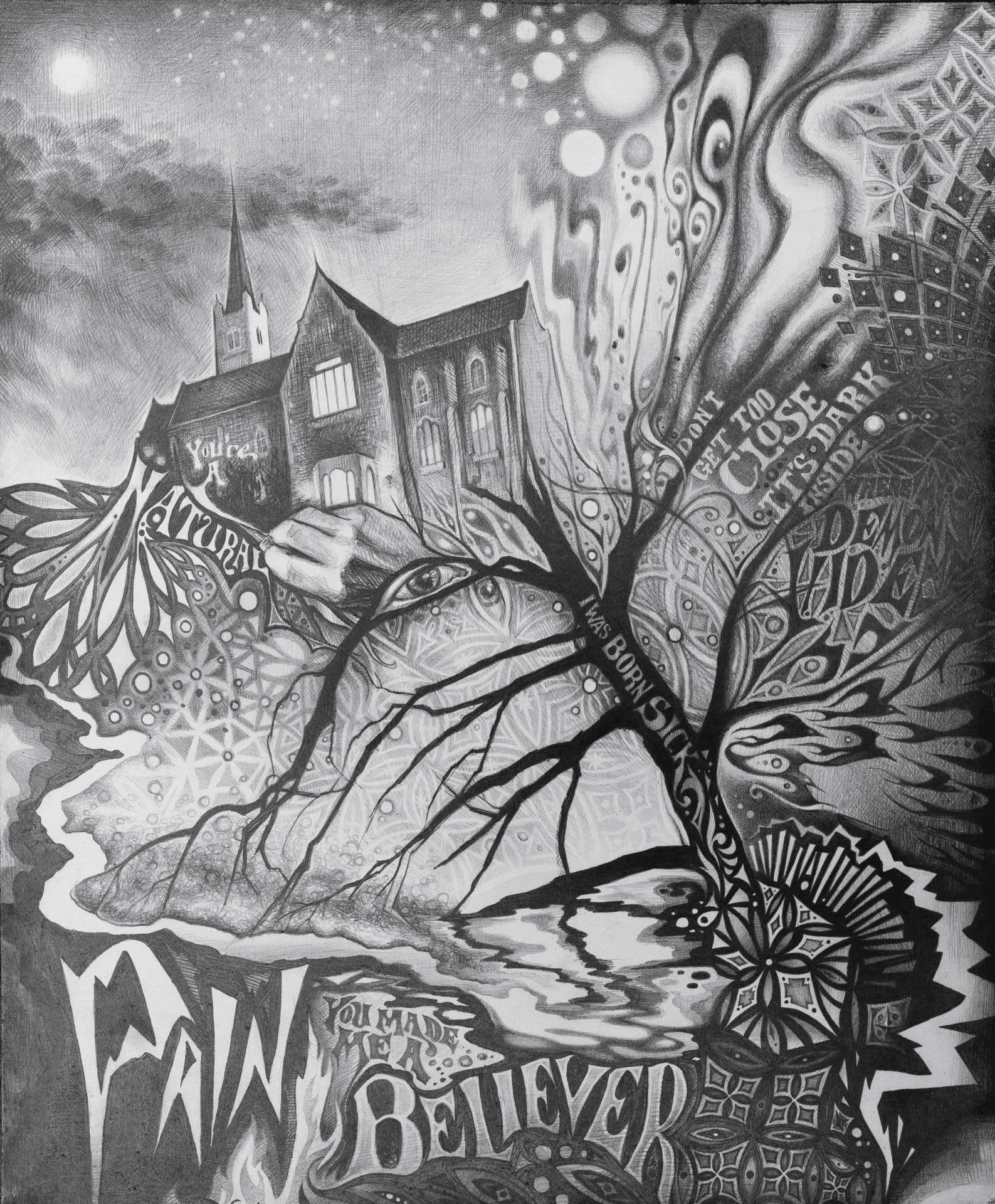
Image Credits
Vera Pashkevich, vera pash photo


